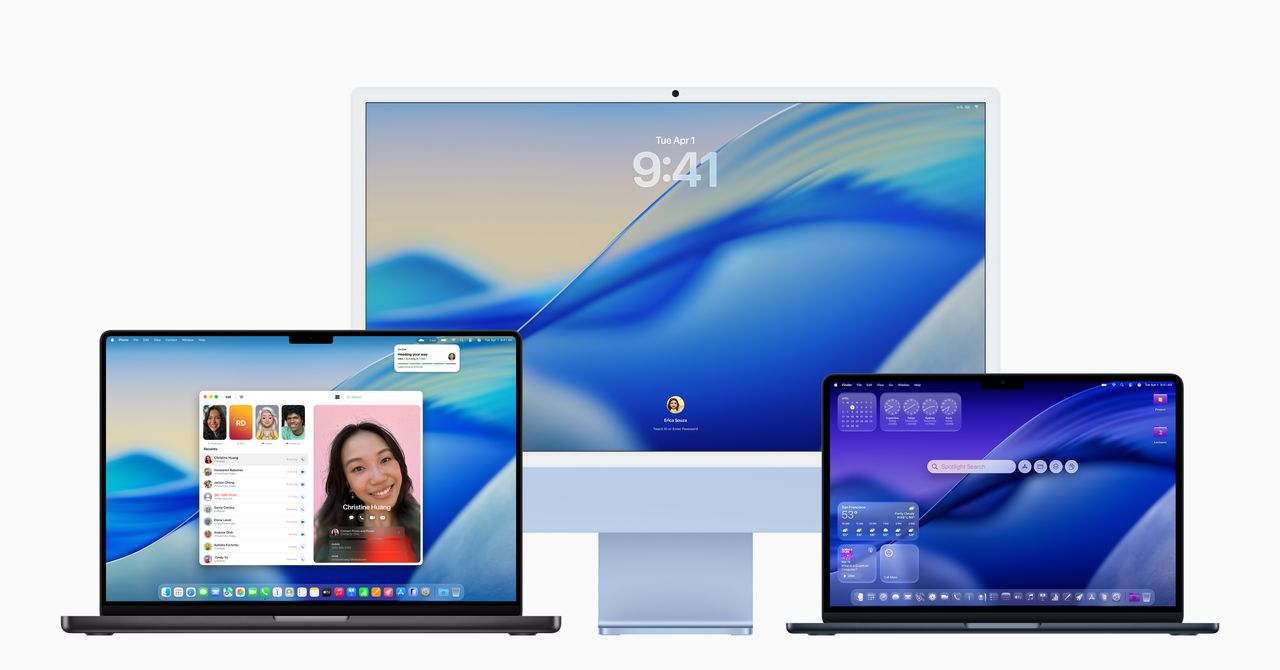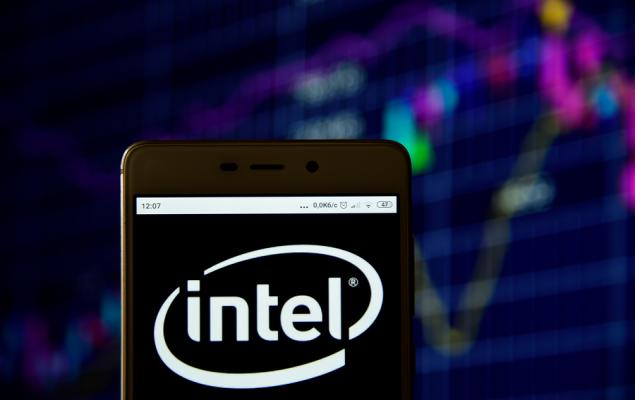Farewell, Intel: Analyzing Apple's Shift To Its Own Chips

Welcome to your ultimate source for breaking news, trending updates, and in-depth stories from around the world. Whether it's politics, technology, entertainment, sports, or lifestyle, we bring you real-time updates that keep you informed and ahead of the curve.
Our team works tirelessly to ensure you never miss a moment. From the latest developments in global events to the most talked-about topics on social media, our news platform is designed to deliver accurate and timely information, all in one place.
Stay in the know and join thousands of readers who trust us for reliable, up-to-date content. Explore our expertly curated articles and dive deeper into the stories that matter to you. Visit Best Website now and be part of the conversation. Don't miss out on the headlines that shape our world!
Table of Contents
Farewell, Intel: Analyzing Apple's Shift to its Own Chips
Apple's monumental decision to transition away from Intel processors and embrace its own Apple silicon marked a seismic shift in the tech landscape. This move, initiated in late 2020, has had far-reaching consequences, impacting everything from laptop performance to the future of the chip manufacturing industry. But what were the driving forces behind this bold strategy, and what are the long-term implications? Let's delve into a comprehensive analysis.
The Reasons Behind the Switch: More Than Just Performance
While the performance gains of Apple silicon are undeniable, the shift wasn't solely driven by a desire for faster processing speeds. Several key factors contributed to Apple's decision:
-
Increased Control and Integration: By designing its own chips, Apple gained unprecedented control over the entire hardware and software ecosystem. This allows for tighter integration between the CPU, GPU, and other components, leading to optimized performance and power efficiency. This vertical integration is a hallmark of Apple's strategy, seen across its product lines.
-
Power Efficiency: Apple silicon chips, particularly the M-series, are renowned for their superior power efficiency compared to Intel's offerings. This translates to longer battery life in Apple's laptops and tablets, a critical selling point for consumers.
-
Customizable Design: Designing its own chips allows Apple to tailor them specifically to the needs of its devices. This means optimizing for specific tasks and functionalities, resulting in improved performance in areas crucial to the user experience.
-
Reduced Reliance on Third-Party Suppliers: The transition reduced Apple's dependence on Intel, a major supplier, offering greater flexibility and control over its supply chain. This proved particularly beneficial during periods of global chip shortages.
The Impact: A Ripple Effect Across the Industry
Apple's move has had a significant ripple effect throughout the tech industry:
-
Increased Competition: The success of Apple silicon has spurred increased competition in the ARM-based chip market, leading to innovation and better options for consumers. Other companies are now more seriously considering similar moves.
-
Shifting Landscape for Intel: Intel has faced increased pressure from Apple's success, forcing them to re-evaluate their strategies and accelerate their own innovation.
-
The Rise of ARM Architecture: Apple's adoption of ARM architecture has further solidified its position as a dominant force in the mobile and laptop markets.
-
Enhanced User Experience: Ultimately, the biggest impact has been on the user experience. Apple's customers have benefited from improved performance, longer battery life, and a more seamless integration between hardware and software.
Looking Ahead: The Future of Apple Silicon
Apple's commitment to its own silicon is unwavering. The company continues to refine and improve its chips, pushing the boundaries of performance and efficiency. We can expect future iterations of the M-series to deliver even greater advancements. This continuous improvement keeps Apple at the forefront of innovation and strengthens its competitive edge.
Conclusion:
Apple's farewell to Intel represents a strategic masterstroke, not merely a technological upgrade. The long-term implications of this decision are still unfolding, but the initial results are undeniable. By taking control of its own destiny in the chip market, Apple has not only improved its products but also reshaped the competitive landscape, forcing competitors to adapt and innovate. This is a testament to Apple's commitment to delivering the best possible user experience and maintaining its position at the pinnacle of the tech industry. Are you ready for the next generation of Apple silicon? Let us know your thoughts in the comments below!

Thank you for visiting our website, your trusted source for the latest updates and in-depth coverage on Farewell, Intel: Analyzing Apple's Shift To Its Own Chips. We're committed to keeping you informed with timely and accurate information to meet your curiosity and needs.
If you have any questions, suggestions, or feedback, we'd love to hear from you. Your insights are valuable to us and help us improve to serve you better. Feel free to reach out through our contact page.
Don't forget to bookmark our website and check back regularly for the latest headlines and trending topics. See you next time, and thank you for being part of our growing community!
Featured Posts
-
 Two Time Olivier Award Winner Bertie Carvel Joins Harry Potter Tv Series Cast
Jun 10, 2025
Two Time Olivier Award Winner Bertie Carvel Joins Harry Potter Tv Series Cast
Jun 10, 2025 -
 Harry Potter Hbo Adaptation Bel Powley And Daniel Rigby Confirmed As Petunia And Vernon
Jun 10, 2025
Harry Potter Hbo Adaptation Bel Powley And Daniel Rigby Confirmed As Petunia And Vernon
Jun 10, 2025 -
 Katherine Parkinson And Bertie Carvel Cast In Hbo Maxs Harry Potter Series
Jun 10, 2025
Katherine Parkinson And Bertie Carvel Cast In Hbo Maxs Harry Potter Series
Jun 10, 2025 -
 Intc Stock A Deep Dive Into The Recent 35 Plunge And Investment Strategy
Jun 10, 2025
Intc Stock A Deep Dive Into The Recent 35 Plunge And Investment Strategy
Jun 10, 2025 -
 Turnstile Announce Massive 2025 Us Headlining Tour Dates
Jun 10, 2025
Turnstile Announce Massive 2025 Us Headlining Tour Dates
Jun 10, 2025
